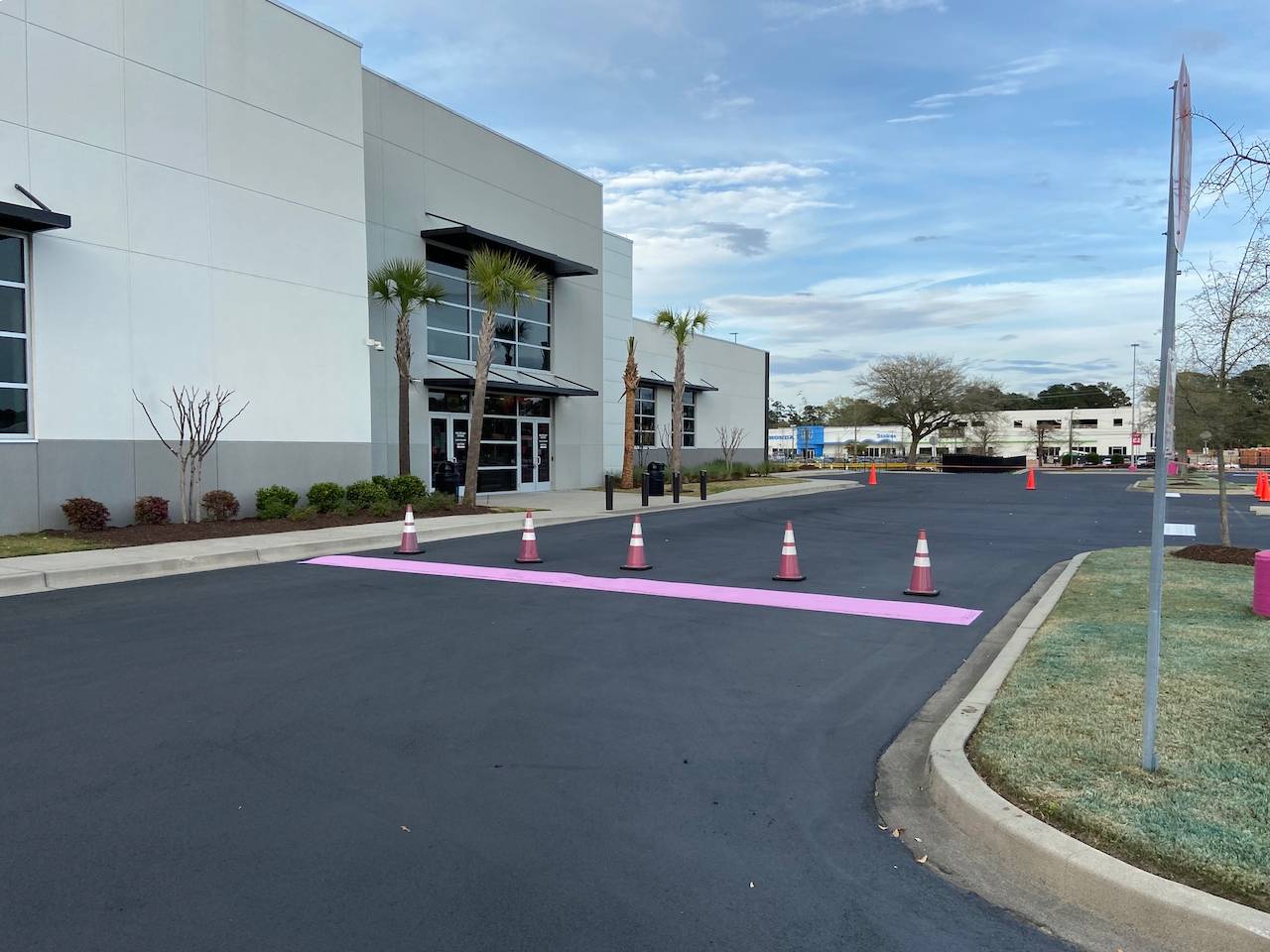Over the decades, transportation engineers have experimented with a variety of traffic-calming measures. Some of these methods were almost completely ineffective, or they were too costly to install and maintain. Other measures had unfortunate and unexpected consequences that caused more accidents than they prevented. One asphalt paving device that has proven to be both economical and effective is the humble speed bump.
What Are Speed Bumps?
A speed bump is a device that an Atlanta asphalt paving company can install in parking lots, subdivisions, apartment complexes, or on city streets. Although there are variations, the average speed bump is about three to four feet long and between 18 inches and three feet in width, and it rises at least three inches above the surface of the pavement. The sides are sloped so that vehicles traveling at the prescribed speed will not be damaged by the speed bump. While some people describe these obstacles as speed humps, technically, speed humps are different. When asphalt companies in Atlanta install speed humps, the humps typically extend close to the full width of the pavement, but there will be a gap in the center to allow fire trucks and other emergency vehicles to cross unimpeded.
How Does an Asphalt Paving Company Install a Speed Bump?
Although some variations are possible, most street and parking lot paving contractors follow the same basic steps for speed bump installations.
1. They thoroughly clean the pavement where the speed bump will be placed.
2. They use chalk to mark the outline of the bump, then they cut a notch along the perimeter.
3. Next, they apply hot asphalt or another type of tack coat to enhance the bond between the existing pavement and the speed bump.
4. In a carefully choreographed procedure, one crew member dumps the asphalt into the outlined area, a second crew member spreads it, a third crew member forms the speed bump with a rake, a fourth crew member sweeps away any loose asphalt around the speed bump, and a fifth crew member employs a vibratory plate compaction tool to pound the edges, sides, and top of the bump.
5. Liquid asphalt is typically applied along the bump’s edges to seal out water.
6. Once the asphalt has cured sufficiently, reflective paint or tape is applied to make the speed bump visible to drivers.
7. The speed bump may also receive an application of asphalt sealcoating after the speed bump’s asphalt has cured completely, which typically takes about a month.
What Are the Advantages of Having an Asphalt Paving Company Install Speed Bumps?
The primary job of a speed bump is to deter speeding drivers to make an area safer for pedestrians and other vehicles, and it is a function that these devices perform very well. This is one reason that you often find them in school zones, near crosswalks, or scattered through parking lots, office parks, subdivisions, and apartment complexes. Since many drivers prefer to avoid driving over them, well-placed bumps can encourage drivers to take an alternate route, and this can help prevent traffic jams in school zones and other congested areas. If you own a commercial property, traffic-calming measures can help you prevent accidents that could damage your reputation, leave you embroiled in a lawsuit, or cost you customers or tenants.
The Surface Masters Can Help
We are a highly experienced and respected Atlanta asphalt paving company offering a wide range of pavement maintenance and repair services, including speed bump installations. We also offer asphalt sealcoating, pavement markings, asphalt resurfacing and paving, concrete work, crack sealing, and asphalt patching. We have an exceptional reputation that is based on our superior workmanship and remarkable customer service. If you would like to request a free quote, you can submit our online form, call 770-250-6392, or email Info@TheSurfaceMasters.com.


